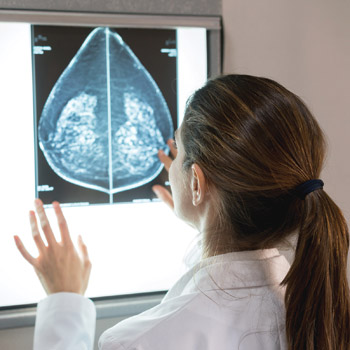COVID-19 vaccine development must balance speed, safety
Multiple methods and numerous trials are underway in an attempt to develop a vaccine to end the COVID-19 pandemic.
The race is on to develop a vaccine to help end the COVID-19 pandemic, with more than 100 potential candidates in various stages of trials across the world. In a May 1 press briefing by the Infectious Diseases Society of America (IDSA), Kathryn M. Edwards, MD, and Walter A. Orenstein, MD, both IDSA fellows, discussed the current state of vaccine development, as well as issues surrounding distribution and safety.
The initial critical step in developing a COVID-19 vaccine lies in conferring immunity to the spike protein, “or that red ball that you see on all the COVID-19 virus diagrams,” said Dr. Edwards, who is a professor of pediatrics and scientific director of the Vanderbilt Vaccine Research Program at Vanderbilt University in Nashville, Tenn. Different vaccines are using different tactics for generating antibodies to that spike, she explained.
“Some of the vaccines actually introduce messenger RNA into the person, and they make the protein, and then they make antibody to it,” she said. “Some introduce DNA into the person and they make antibody to the DNA, some introduce proteins, and some introduce viruses that actually carry the spike proteins, so there's a lot of different options that are being studied.”
Six or seven vaccines are currently in clinical trials, several in the United States, one large trial in the United Kingdom, one in Germany, and several in China, Dr. Edwards said. “We have a lot of products, we know how to study them, we know how to assess their safety, and we have a lot of experience and a lot of people working on this, and the more the merrier,” she said. “Because we're going to need some good vaccines.”
Uptake of an eventual vaccine will be another challenge, stressed Dr. Orenstein, who is a professor and associate director of the Emory Vaccine Center at Emory University School of Medicine in Atlanta. “What I like to say is, ‘Vaccines don't save lives; vaccination saves lives.’ The vaccine dose that remains in the vial is 0% effective, no matter what the clinical trials hold,” he said. “And so we need to have a system to determine who should be vaccinated and how people should be vaccinated.”
One of the first questions will be determining which patients should be the highest priority, Dr. Orenstein said. The CDC's Advisory Committee on Immunization Practices will be looking at data on vaccine safety and effectiveness, as well as assessing which groups are most likely to have a high health burden from the virus or a large role in perpetuating transmission, he said.
“For example, groups that are likely to be in high priority … would be essential workers, such as health care workers. Second would be people who are suffering most from the disease, such as the elderly,” he said. “Third might be transmitters. … And all that will have to be looked for.”
Ensuring supply is another piece of the puzzle, Dr. Orenstein said. “When a manufacturer enters a vaccine into a trial, there is no guarantee that that vaccine will work. That's part of the reason you have to do these trials. But if it works, and you don't have any vaccine produced, it takes you months to produce a vaccine. So we need to encourage at-risk development,” he said.
Providing incentives to companies to begin producing vaccines before they are approved will increase the odds of having doses available to administer very quickly after approval, Dr. Orenstein noted. “We need to incentivize that. My opinion is that's a government role,” he said.
Other goals after approval include making sure that those vaccinated have active, effective immune responses and that there are enough of them in the population to neutralize human-to-human transmission, Dr. Orenstein noted. “That has been getting less attention because we want to have the vaccines, but I think we need to begin thinking about those issues now, so when vaccines become available, we're immediately ready to use them,” he said.
Researchers will need to carefully monitor any vaccine as it begins to be used in larger populations, Dr. Orenstein said, since most trials will be done in thousands of people, at best, and will be time-limited. Incidence of adverse events in vaccinated and unvaccinated people will need to be compared and vaccine efficacy will need to be assessed. “We need to look and see over time whether immunity wanes and, if so, whether we need to give booster doses or not,” he said.
Both experts stressed the importance of weighing concerns about vaccine safety against the severity of the disease itself. “I think our scientists are very focused on making sure that we produce a very safe vaccine, but I think also we have to understand that this is a serious disease. The mortality and the morbidity and the social consequences that are the result of this infection are enormous,” Dr. Edwards said. “We have to begin to figure out how to stop it, not to simply treat it.”



